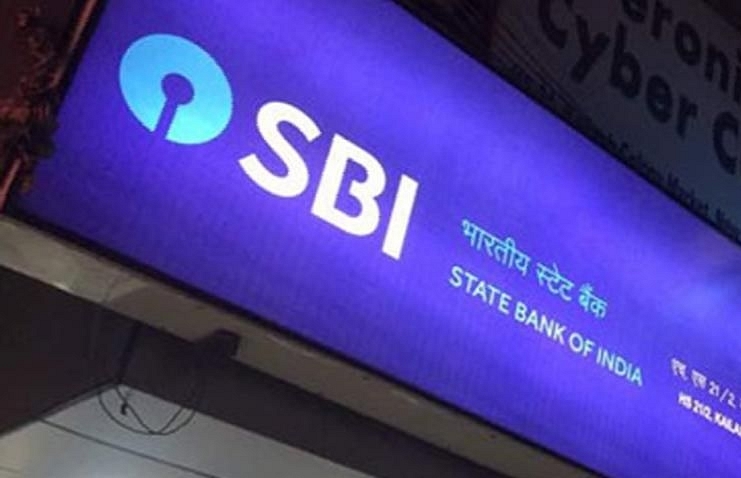Economy
Look What The SBI Is Signalling With Its Repo-Linked Savings Deposit Rate
- Here are the key signals which the State Bank of India is trying to send through its savings deposits rate announcements.

A State Bank of India branch.
When the Reserve Bank of India (RBI) sends a signal, it is worth noting. When the State Bank of India (SBI) sends a signal, it is worth sitting up and taking note. It means something more.
Last week, SBI announced that its savings deposit rate will move in tandem with the RBI repo rate, the rate at which banks borrow from the central bank. Savings deposits above Rs 1 lakh will be paid 2.75 per cent less than the repo rate, which currently stands at 6.25 per cent. The savings bank rate thus remains for the moment at 3.5 per cent.
As for the lending rate for cash credit and overdrafts above Rs 1 lakh, the bank plans to pitch it at 2.25 per cent more than the repo rate, making the base interest rate 8.5 per cent. As for other rates, since all floating rate products follow the MCLR regime (marginal cost-based lending rates), the flexibility brought in will impact overall loan rates too – with a lag.
While the bank management has said that the idea is to make rates on liabilities (ie, deposits) as flexible as loan rates, the real signal it is sending is something else.
First, the SBI is probably getting ready for what it believes will be another rate cut in April or June, which means a large swathe of deposits – about a third – will be impacted by it and lower the cost of borrowing. The repo rate cut may or may not happen, but the chances are at least 50:50, since inflation is so low.
Second, the fact that the SBI has linked savings rates – which are insensitive to the interest rate regime – and not fixed deposit rates means that depositors are not likely to accept floating rates from banks. They may prefer fixed rates, even if the rates are lower. This implies that SBI’s fixed deposit rates will continue to be based on the bank’s own assessment of fund needs, and not RBI rate signals. Lending rates, though, are mandated to switch to flexible rates from 1 April, benchmarked to an external rate like the bank rate or the repo rate.
Third, the SBI’s move is likely to be quickly followed by the big private banks – ICICI, HDFC, Axis – who will be eager to lower the cost of funds and expand margins. After that, it will be a free-for-all among nationalised banks, all of whom would like this breather.
The most interesting aspect of the SBI announcement is the huge margin between the flexible savings deposit rate and the lowest lending rate – it is as high as 5 per cent (3.5 per cent savings rate and 8.5 per cent lending rate). Though the blended cost of funds, which includes savings and fixed deposit rates, will be much higher, this will be true even of lending rates. So, the margins are clearly likely to remain wide as banks try to improve their net interest margins in order to write off more of their bad loans.
Support Swarajya's 50 Ground Reports Project & Sponsor A Story
Every general election Swarajya does a 50 ground reports project.
Aimed only at serious readers and those who appreciate the nuances of political undercurrents, the project provides a sense of India's electoral landscape. As you know, these reports are produced after considerable investment of travel, time and effort on the ground.
This time too we've kicked off the project in style and have covered over 30 constituencies already. If you're someone who appreciates such work and have enjoyed our coverage please consider sponsoring a ground report for just Rs 2999 to Rs 19,999 - it goes a long way in helping us produce more quality reportage.
You can also back this project by becoming a subscriber for as little as Rs 999 - so do click on this links and choose a plan that suits you and back us.
Click below to contribute.
Latest